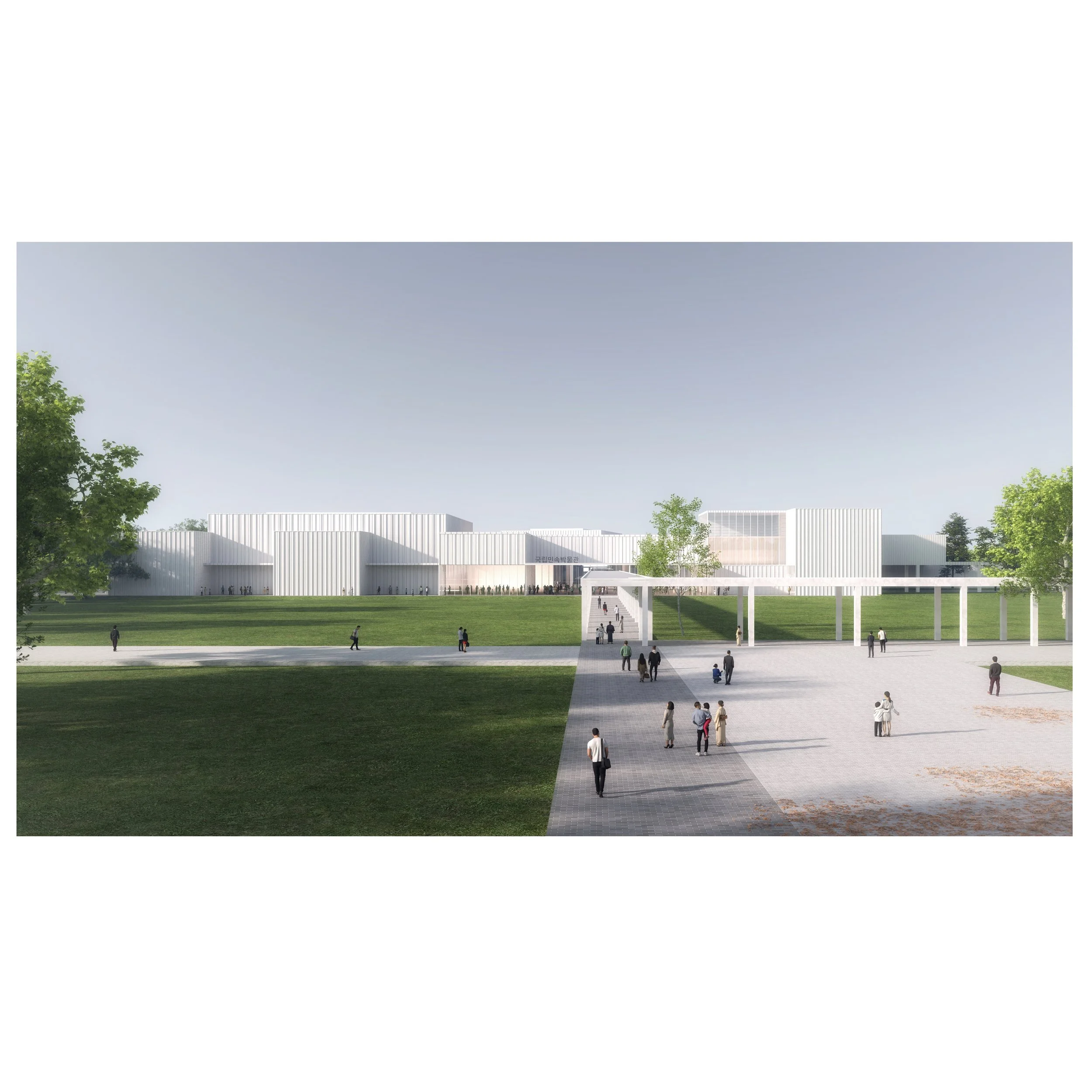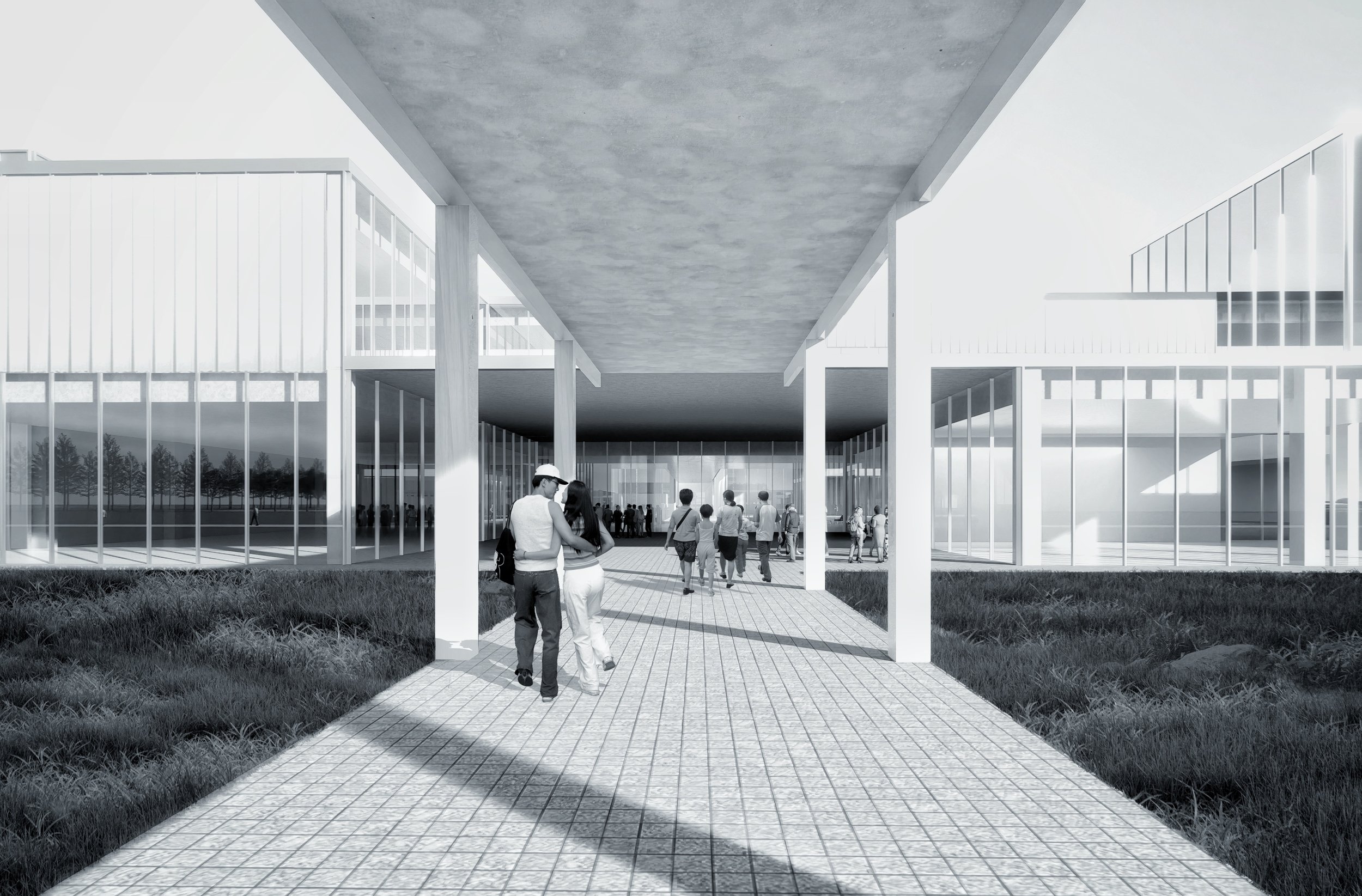Echos of Tradition
This museum reimagines traditional Korean folklore through the symbolic and transformative power of water. Positioned on a reflective water surface, the architecture blurs the boundaries between nature, culture, and myth, offering visitors an immersive experience where water becomes both a medium of storytelling and a tool for environmental harmony.
Sejong-si, Seoul, Republic of Korea
museum
23,440㎡ / 7,090 py
collaboration with Arkee studio & siu.yoon+associates
DEC. 2024
In Korean tradition, water wells are more than mere sources of life-giving water—they are sacred, almost magical, places deeply woven into the fabric of physical and spiritual existence. Often hidden in the quiet embrace of remote mountain villages or nestled near hallowed sites, these wells are revered not just for their practical role but as mystical conduits to the divine, brimming with the purity and power of nature itself.
In the heart of Korean mythology, water flows as a symbol of life’s essence, a force of purity and transformation. It is believed to wash away more than physical impurities, cleansing the soul and breathing renewal into the spirit. At once nurturing and untamed, water reflects the profound duality of existence, a reminder of nature’s raw beauty and the unbreakable bonds that connect all living things.
This proposed museum celebrates the enduring power of folklore through a bold design where water serves as a symbolic “window to the world.” The museum rests delicately on a reflective water bed, inviting visitors to see the world—and its cultures—through the fluid, ever-changing lens of water.
The water feature is central to the experience, creating a mirror-like surface that blurs the line between the museum and its surroundings. It symbolizes the shared human stories that flow across borders, connecting past and present. Visitors journey through spaces that seem to float above the water, reinforcing a sense of immersion in a living, interconnected cultural narrative.
The architecture reinterprets traditional forms with contemporary sensibilities, open spaces that frame views of the water and the world beyond. Natural light dances across the exhibits, amplified by the water’s reflection, creating an atmosphere that evolves throughout the day.
Sustainability is woven into the design, with the water feature playing a functional role in natural cooling and water recycling systems.
The museum not only preserves folklore but also reflects a commitment to environmental harmony. This design transforms the museum into a cultural beacon, where the water becomes a portal for discovering, sharing, and celebrating the stories that unite humanity.







